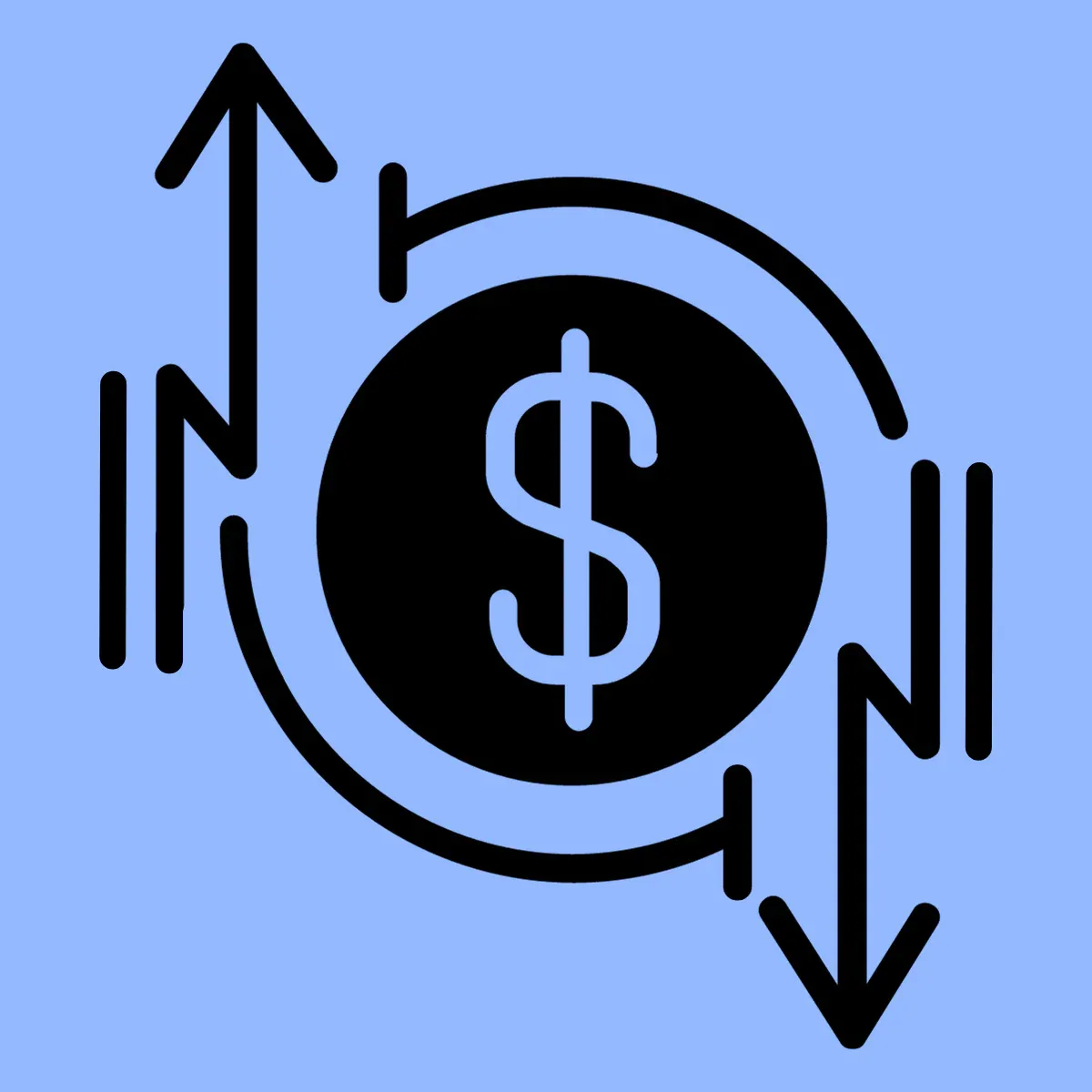What is Dynamic Pricing?
Dynamic pricing adjusts product prices in real time based on factors like demand, competition, customer behavior, and market conditions.
Explanation
Importance
- Competitive Advantage: Dynamic pricing helps businesses stay competitive by adjusting prices in response to market shifts and competitor pricing.
- Maximizing Revenue: By pricing products based on demand, businesses can maximize revenue during peak times and avoid overpricing or underpricing.
- Real-Time Adjustments: Dynamic pricing ensures that prices reflect current market conditions, allowing businesses to react quickly to changes.
- Increased Conversion Rates: By offering competitive or attractive prices, businesses can boost conversion rates and customer satisfaction.
How It Works
- Data Collection: Dynamic pricing systems gather data such as customer behavior, competitors' pricing, inventory levels, time of day, and market demand.
- Algorithm Analysis: The pricing algorithm analyzes this data and adjusts prices based on predefined rules or criteria.
- Price Adjustment: The system updates the price of products in real-time to reflect optimal pricing.
- Customer Visibility: The new prices are displayed on the website, affecting customers' purchasing decisions.
- Continuous Monitoring: The system continuously monitors market conditions and competitors' prices to ensure prices remain competitive and aligned with business goals.
Benefits
- Optimized Pricing: Adjust prices dynamically to reflect the highest possible value based on market conditions, improving revenue.
- Increased Sales: By offering competitive prices during high-demand periods, businesses can boost sales and attract more customers.
- Customer Satisfaction: Customers appreciate seeing prices that reflect real-time market conditions, which can increase brand loyalty.
- Efficient Pricing Strategy: Dynamic pricing allows businesses to implement a more agile and data-driven pricing strategy, leading to better decision-making.
- Improved Competitivenes: By monitoring competitor pricing and adjusting accordingly, businesses can maintain a competitive edge in the marketplace.
Top Shopify Apps for Dynamic Pricing:

- Price tracking and dynamic pricing automation tool.
- Helps monitor competitor prices and adjust product pricing in real-time.
- Provides detailed price analytics and market insights to improve pricing strategies.

- Automates pricing adjustments based on competitor pricing, demand, and sales data.
- Improves margins by ensuring prices are always competitive.
- Easy integration with Shopify to seamlessly update product prices.

- Optimizes pricing based on data-driven insights for maximum profit and competitiveness.
- Automatically adjusts prices based on various factors like market demand and inventory levels.
- Enables better price control, sales optimization, and customer satisfaction.